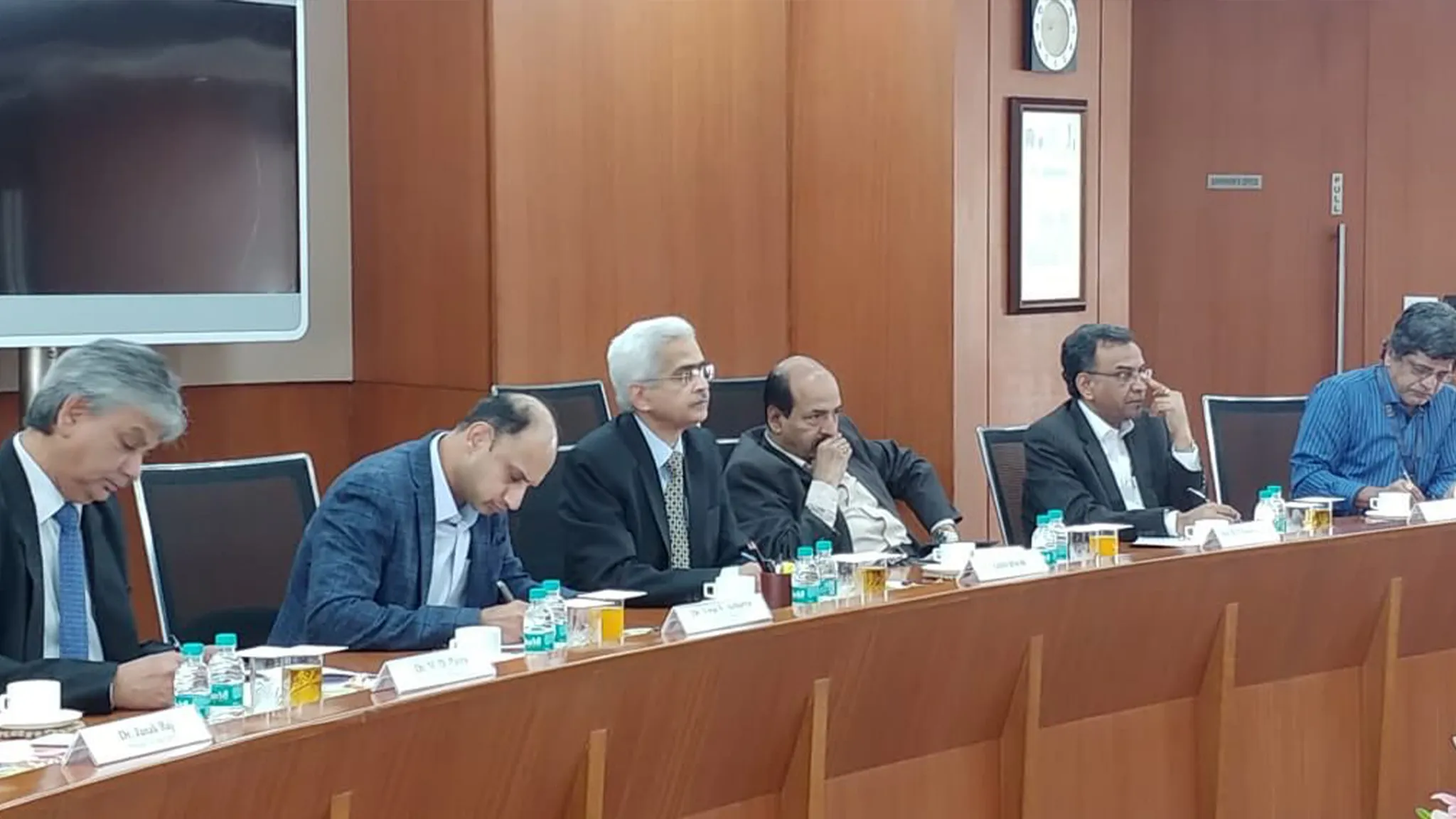Two key announcements from the Reserve Bank of India (RBI) this week are likely to keep the markets on a steady course, even if they dampen immediate hopes for aggressive policy easing. A new study by the RBI staff suggests a notable rise in India’s natural interest rate, while Governor Shaktikanta Das firmly stated that there are no plans to permit business houses to promote banks currently. Both developments signal a continuation of the RBI’s cautious approach to monetary policy and financial sector regulation.
Natural Rate Rises Sharply
The RBI’s updated estimate of the natural rate of interest – the theoretical interest rate at which the economy operates at full capacity without inflation – has climbed to 1.4-1.9 percent for the fourth quarter of FY24. This is significantly higher than the 0.8-1.0 percent estimated for the third quarter of FY22. This upward revision, detailed in the central bank’s study, is attributed to structural factors like tax reforms (GST), favourable demographics, fiscal prudence and technological innovation. What does this mean for the common person? If the RBI believes the economy can handle a higher natural rate, it implies that the central bank is less likely to rush into cutting policy rates. As such, the hawkish tone from RBI officials may persist for a while. While some members of the Monetary Policy Committee (MPC) have expressed concerns about the current real policy rate being restrictive, this new study provides the RBI with more ammunition to maintain its stance until inflation is sustainably brought down to 4 percent. Market participants hoping for sharp rate cuts may need to recalibrate their expectations, anticipating a more gradual easing cycle, potentially limited to 50-75 basis points once inflation moderates.
No Banking for Businesses
In another significant announcement, RBI Governor Shaktikanta Das reiterated that the RBI has no plans to permit business houses to promote banks. Speaking at an event, Das highlighted the inherent risks of conflict of interest and related-party transactions if corporate houses are allowed into banking. He pointed to global experience and India’s own pre-nationalisation history as cautionary tales. While acknowledging the need for resources to fuel economic growth, Das emphasised that India needs sound, well-governed banks rather than a mere proliferation of banking entities. He stated that the RBI’s current focus is on strengthening the existing banking framework and encouraging healthy competition through on-tap licensing for universal banks. This firm stance against allowing business houses into banking underscores the RBI’s priority on financial stability and regulatory vigilance.
These two pronouncements, seemingly distinct, are actually interwoven. A higher natural rate gives the RBI room to maintain higher policy rates, which in turn supports financial stability. Similarly, the reluctance to allow business houses into banking stems from a desire to maintain the integrity and stability of the banking sector. For markets, this means that the much-anticipated policy pivot might be further delayed, and regulatory norms in the financial sector are likely to remain stringent.
Will the markets react negatively to these signals? Probably not. The clarity offered by the RBI, both on the natural rate and banking licenses, provides a stable outlook. Investors might adjust their rate cut expectations, but the emphasis on financial stability is generally viewed positively in the long run. The focus now shifts to inflation data and global cues to further refine market trajectories.
Image Courtesy: X (RBI)










Leave a Reply